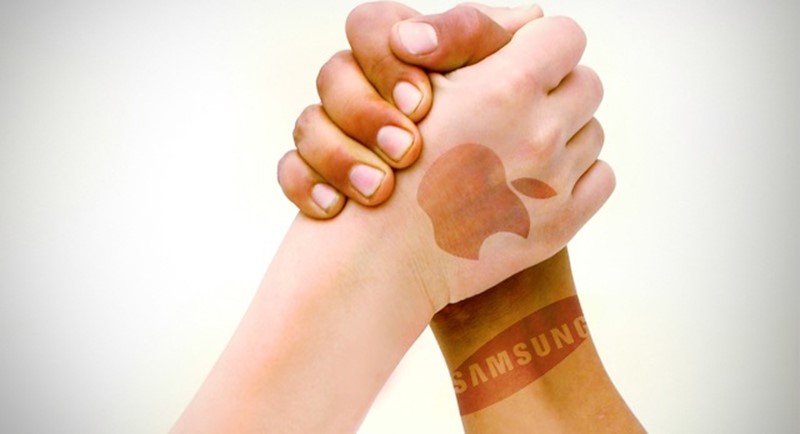The History Of Nerf
September 10, 2012 in Daily Bulletin

Jason Fagone wrote about some of the history of, and the current challenges for, Nerf the maker of foam weapons:
- The most frequent request is for Nerf to build guns with greater firing ranges and more ammo capacity.
- The desire to build a better Nerf gun is so strong that there’s a vibrant modding community. Run a search for it and you’ll find how you can double the firing range, build homemade darts, and even make your Nerf gun look like an AK-47.
- The history of Nerf begins with a foam ball created in 1969 by the same person who invented the game Twister.
- In 1989 the first Nerf blaster was sold. It shot foam spheres. Other Nerf products including a football which howled in flight soon followed.
- The first Nerf gun to fire the now iconic darts was released in 1992.
- Recent guns include one that can switch between single shot and rapid fire mode, removable parts, and a semi-automatic firing mechanism.
- The latest addition to the Nerf line is the Hail-Fire pictured above. It fires darts at a speed of 50 miles per hour and holds 144 of them distributed among 8 clips.
- Hasbro, the parent company of Nerf, relies on sales of the products. It is one of only three product lines (in addition to Beyblade and Transformers) that brought in more than $400 million last year.
Read more about the evolution of the Nerf gun, the design process behind it, and the laboratory in which kids try out the guns over here.
Source: Wired









Join the Discussion! (No Signup Required)